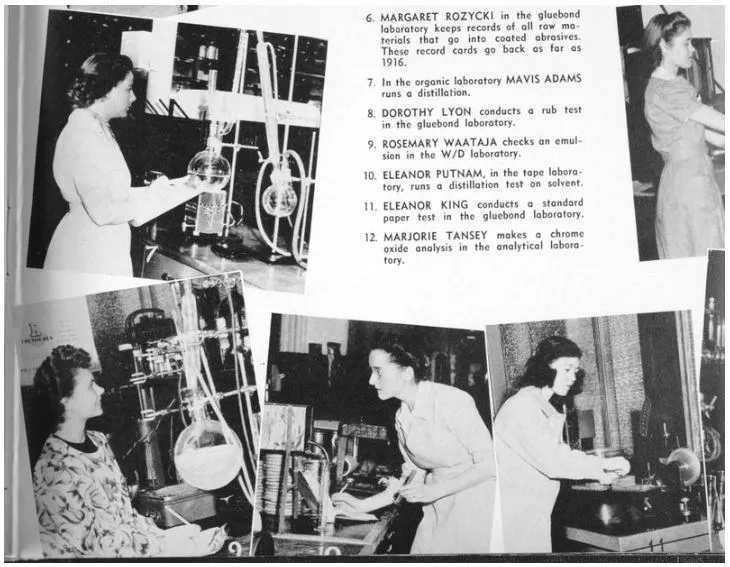1900's: Labor in Minnesota
1900: The Boot & Shoe Workers union organizes a Minneapolis plant in 1900 and two St. Paul plants in 1901.
1902: Charles James, African-American leader of the Boot & Shoe Workers, is elected president of the St. Paul Trades & Labor Assembly.
1903: Brewery workers organize in St. Paul.
1903: Beginning of the culinary unions in Minnesota. St. Paul founds the Cooks Alliance and Waiters Alliance, Sabrie Akin Eugene V. Debs Duluth establishes a Cooks and Waiters Alliance while Minneapolis has a Waiters Alliance. Cook wages average $6 a week plus meals. Waiters, who receive no regular salary, literally have to buy their jobs. They work long hours, earning only tips, to pay off their employer and earn a meager living.
1903: Some 1,800 workers at the Pillsbury, Peavey and other Minneapolis flour and grain mills unsuccessfully strike for an 8-hour day. Owners hire scabs, including dozens of University of Minnesota students. The employers’ win is a huge boost to the fledgling Citizens Alliance, an organization of anti-union businesses dedicated to maintaining the “open shop.”
1903: Minneapolis Sprinkler Fitters & Helpers Union Local No. 417 is organized with 15 members.
1903: The first national union for roofers, The International Slate and Tile Roofers Union of America, forms.
1904: St. Paul packinghouse workers join in the first national strike by the Amalgamated Meat Cutters and Butcher Workmen. The walkout fails and many strikers are blacklisted. The companies employ a divide-and-conquer strategy, replacing the largely white workforce with African-Americans and immigrants.
1905: The Industrial Workers of the World (IWW) is founded in Chicago. The Wobblies, as they are known, would build strong representation among Minnesota lumberjacks and lead the Mesabi Iron Range strike of 1916.
1905: Starting in 1905 and stretching into the 1960s, a mass migration of more than 4.8 million African Americans, dubbed “The Great Migration,” took place from the south to the north. Many left to escape overt racial discrimination in southern states, only to encounter racial tensions in the north as whites viewed them as a threat to their jobs.
1907: The Western Federation of Miners leads a strike against the Oliver Iron Mining Co. on Minnesota’s Iron Range. Hundreds are blacklisted after the walkout fails.
1907: Minnesota joins two other states in setting minimum standards for nurses, the main employment option available to women interested in the medical field. Nurses generally work 12-hour shifts, six days a week, for minimal pay.
1908: The Theatrical Stage Employees International Alliance holds its national convention in Minneapolis, with American Federation of Labor President Samuel Gompers giving a speech.
1909: Female shirtwaist workers in New York go on strike against sweatshop conditions in what became known as “The Uprising of the 20,000.” Their leader, Clara Lemlich, a 23-year-old Ukrainian immigrant, became a union activist while still in her teens. When the male leaders of the workers resisted taking action, she took the floor and called for a general strike.

